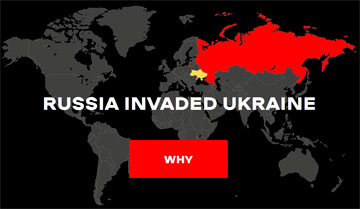Sendbox bypass in Microsoft Internet Explorer
| Risk | Low |
| Patch available | NO |
| Number of vulnerabilities | 1 |
| CVE-ID | N/A |
| CWE-ID | CWE-264 |
| Exploitation vector | Local |
| Public exploit | Public exploit code for vulnerability #1 is available. |
| Vulnerable software |
Microsoft Internet Explorer Client/Desktop applications / Web browsers |
| Vendor | Microsoft |
Security Bulletin
This security bulletin contains one low risk vulnerability.
1) Sendbox bypass
EUVDB-ID: #VU18581
Risk: Low
CVSSv4.0: 1.9 [CVSS:4.0/AV:L/AC:L/AT:N/PR:L/UI:N/VC:L/VI:L/VA:L/SC:N/SI:N/SA:N/E:P/U:Clear]
CVE-ID: N/A
CWE-ID:
CWE-264 - Permissions, Privileges, and Access Controls
Exploit availability: No
DescriptionThe vulnerability allows a remote attacker to escalate privileges on the system.
The vulnerability exists due to the way Internet Explorer handles loaded .DLL libraries. An attacker who can attack a malicious .dll file to the Internet Explorer process can bypass IE Protected Mode and execute arbitrary JS code with medium integrity permissions.
Cybersecurity Help is currently unaware of any official solution to address this vulnerability.
Vulnerable software versionsMicrosoft Internet Explorer: 11
CPE2.3 External linkshttps://github.com/SandboxEscaper/polarbearrepo/blob/master/sandboxescape/writeup.txt
Q & A
Can this vulnerability be exploited remotely?
No. This vulnerability can be exploited locally. The attacker should have authentication credentials and successfully authenticate on the system.
How the attacker can exploit this vulnerability?
The attacker would have to trick the victim to visit a specially crafted website.
The attacker would have to login to the system and perform certain actions in order to exploit this vulnerability.
Is there known malware, which exploits this vulnerability?
No. We are not aware of malware exploiting this vulnerability. However, proof of concept for this vulnerability is available.
